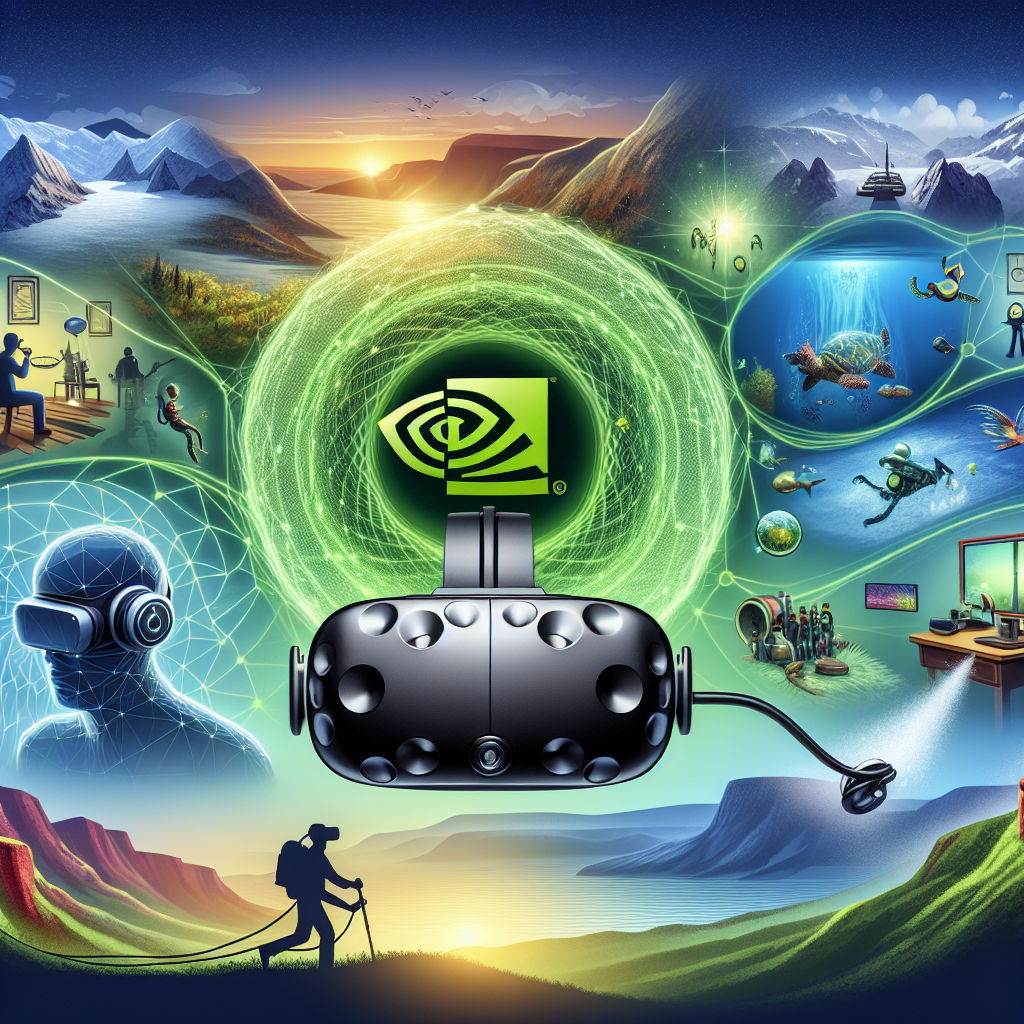NVIDIA is one of the leading companies in the virtual reality (VR) space, providing cutting-edge technology and solutions for gamers, developers, and businesses alike. If you’re new to the world of NVIDIA virtual reality, you may be wondering where to start and what you need to know. In this beginner’s guide, we’ll cover everything you need to know about NVIDIA VR, from the basics to more advanced topics.
What is NVIDIA Virtual Reality?
NVIDIA virtual reality is a technology that allows users to immerse themselves in a virtual world using a VR headset and compatible hardware. NVIDIA’s VR technology is known for its high-quality graphics, low latency, and smooth performance, making it a popular choice for gamers and developers.
NVIDIA’s VR technology is powered by its line of GeForce graphics cards, which are known for their high performance and reliability. These graphics cards are designed to handle the demanding requirements of VR applications, providing users with a seamless and immersive experience.
Getting Started with NVIDIA Virtual Reality
If you’re interested in getting started with NVIDIA virtual reality, there are a few key things you’ll need to have:
1. A VR headset: There are several VR headsets on the market that are compatible with NVIDIA’s VR technology, such as the Oculus Rift, HTC Vive, and Valve Index. Make sure to choose a headset that is compatible with NVIDIA’s graphics cards and software.
2. A compatible NVIDIA GeForce graphics card: To power your VR experience, you’ll need a powerful graphics card from NVIDIA’s GeForce lineup. Some popular choices for VR gaming include the GeForce GTX 1060, GTX 1070, and GTX 1080.
3. NVIDIA GeForce Experience software: This software is essential for optimizing your VR experience, providing you with tools to customize your graphics settings, update your drivers, and access exclusive features.
Setting Up Your VR System
Once you have all the necessary hardware and software, you’ll need to set up your VR system. This typically involves connecting your VR headset to your computer, installing the necessary drivers and software, and calibrating your system for optimal performance.
To ensure a smooth and enjoyable VR experience, make sure to follow the manufacturer’s instructions carefully and check for any updates or patches that may be available.
Exploring NVIDIA Virtual Reality
Once your VR system is set up and ready to go, it’s time to start exploring NVIDIA virtual reality. Whether you’re a gamer looking to immerse yourself in a virtual world, a developer experimenting with VR applications, or a business exploring new ways to engage with customers, NVIDIA’s VR technology offers endless possibilities.
From immersive gaming experiences to virtual training simulations, NVIDIA’s VR technology is revolutionizing the way we interact with digital content. With its high-quality graphics, low latency, and powerful performance, NVIDIA virtual reality is a game-changer for anyone looking to push the boundaries of what’s possible in the virtual world.
In conclusion, NVIDIA virtual reality offers a world of possibilities for gamers, developers, and businesses alike. By investing in the right hardware and software, setting up your VR system correctly, and exploring the endless possibilities of NVIDIA’s VR technology, you can unlock a truly immersive and engaging virtual experience. So why wait? Dive into the world of NVIDIA virtual reality today and discover a whole new dimension of digital content.


Leave a Reply